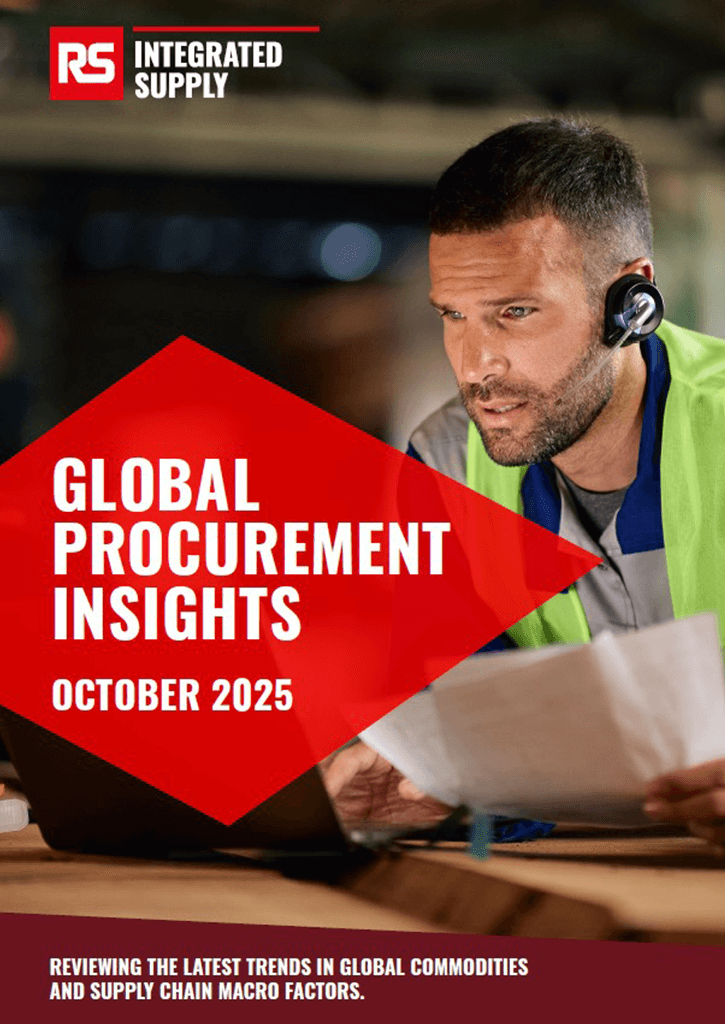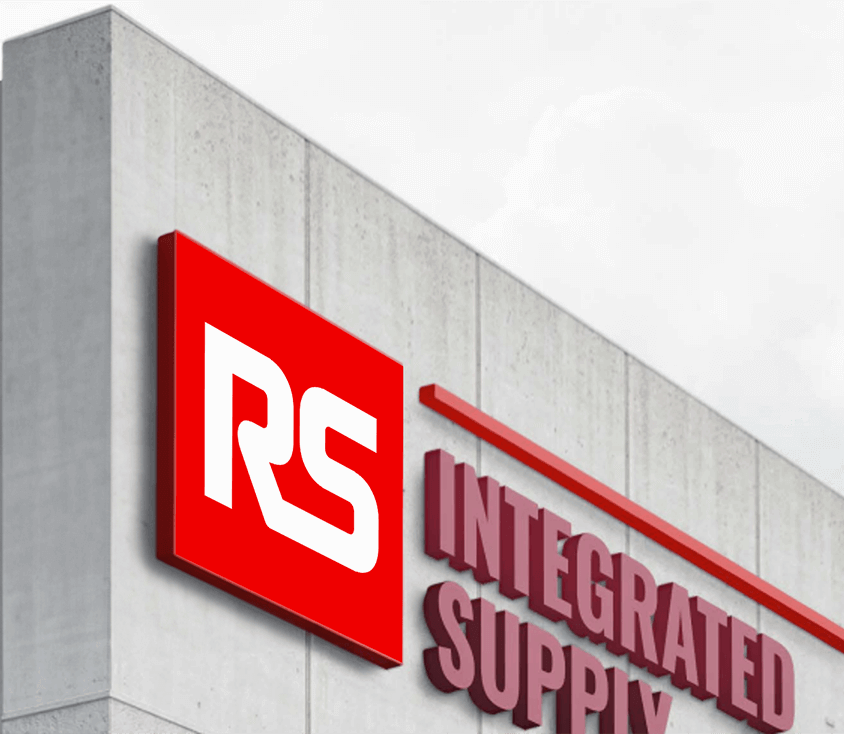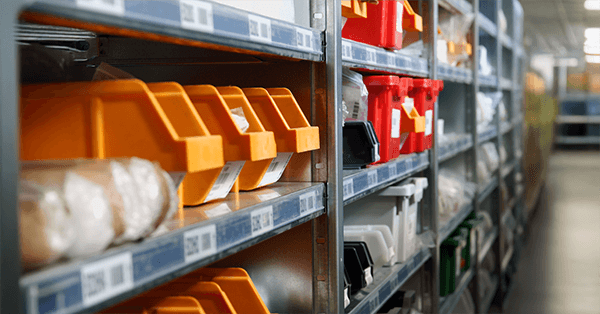Published on
Read time: 4 minutes

In an uncertain world, how do you ensure your risk management strategy is fit for purpose?
So many aspects of life have changed since 2020, including attitudes within business towards risk. A recent article in Harvard Business Review, for example, noted that “Ever since the disruptions caused by the Covid-19 pandemic, boards of directors and CEOs have been pressuring corporate procurement leaders to de-risk supply chains.”
As we all adjust to operating in a more uncertain environment, what lessons can we learn from recent experiences to help us better understand risk management? How can we better protect maintenance, repair and operations (MRO) supply chains against threats ranging from the climate crisis to geopolitical tensions to cyberattacks?
Develop risk management strategies
The term risk management refers to the policies and procedures that an organization uses to identify and respond to potential hazards that could jeopardize their operations. In terms of MRO supply chains, this means identifying parts and equipment that could, if not available, result in extended periods of downtime and threaten production. As in the anonymous proverb, seemingly inconsequential items can have an outsize impact:
For want of a nail the shoe was lost.
For want of a shoe the horse was lost.
For want of a horse the rider was lost.
For want of a rider the battle was lost.
For want of a battle the kingdom was lost.
And all for the want of a horseshoe nail.
The extent to which businesses pursue robust risk management processes varies. “Some clients were very good with risk management even prior to the pandemic,” says Tom Cummins, Vice President of Global Procurement at RS Integrated Supply, “but for the most part, risk management was just looking at critical spare sparts that were highly customized and had long lead times.”
This has changed. “Now there is recognition that risk management is not just looking at those one-off items,” continues Cummins. “Clients are always asking us for market intelligence to understand what’s going to happen. They’ve expanded their mindset and their thought processes.”
If you’re looking to develop your organization’s approach to managing risk in MRO procurement, the Chartered Institute of Procurement and Supply (CIPS) offers a five-step process to help. The first step is to identify risks, both internal (such as a new company strategy) and external (such as government legislation).
The next is to analyze the risk, then assess it. Risks may, for example, be ranked as high, medium, or low. The fourth step is to create an action plan to reduce the likelihood of risk, while the fifth is continuous monitoring to see how the risk landscape is changing.
Collaborate with MRO specialists
As Cummins indicates, suppliers can be a valuable source of risk management expertise – giving you a competitive advantage. “It’s worth spending time on,” he adds. “It’s worth having conversations to understand your supply chain more, having conversations about if this issue were to occur, have we identified that we can get these parts elsewhere?”
Effective communication with suppliers can help alleviate potential threats, agrees Costanza Campi, Senior Vice President of Global Procurement for RS Integrated Supply. “The role that companies such as RS Integrated Supply play in mitigating risk within the MRO supply chain is to give customers visibility,” she explains.
“In many cases, big multinational companies neglect this type of spend because in the overall scheme of things, it is low cost – but the moment you haven’t got the part, it can have a big impact in terms of your revenue dependency. The role we play is to provide visibility of that risk.”
Utilize suppliers’ expertise
Trusted suppliers can reduce risks on behalf of their customers in other ways too. The RS Group, for example, aims to evaluate all suppliers against ethical and sustainable standards and set environmental, social, and governance (ESG) targets for strategic suppliers by 2029/30.
The firm is already making good progress, with almost 60% of suppliers having signed the Ethical Trading Declaration and 32% having set science-based climate goals. “We continued to strengthen our approach towards screening and collaborating with suppliers in 2023/24,” states the latest ESG report, “which helps to reduce risk and increase trust among customers.”
This goes back to the visibility that specialist providers of integrated supply can deliver, argues Campi. “We know where the parts are coming from,” she says. “The advantage that we offer is this transparency.”
Take advantage of the work others have done to alleviate threats where you can and channel the time and effort saved into mitigating risks in other aspects of the MRO supply chain instead. As the first half of the 2020s has shown, there are plenty of sources of uncertainty and disruption out there. Developing a robust approach to risk management can, however, help offset those challenges.




